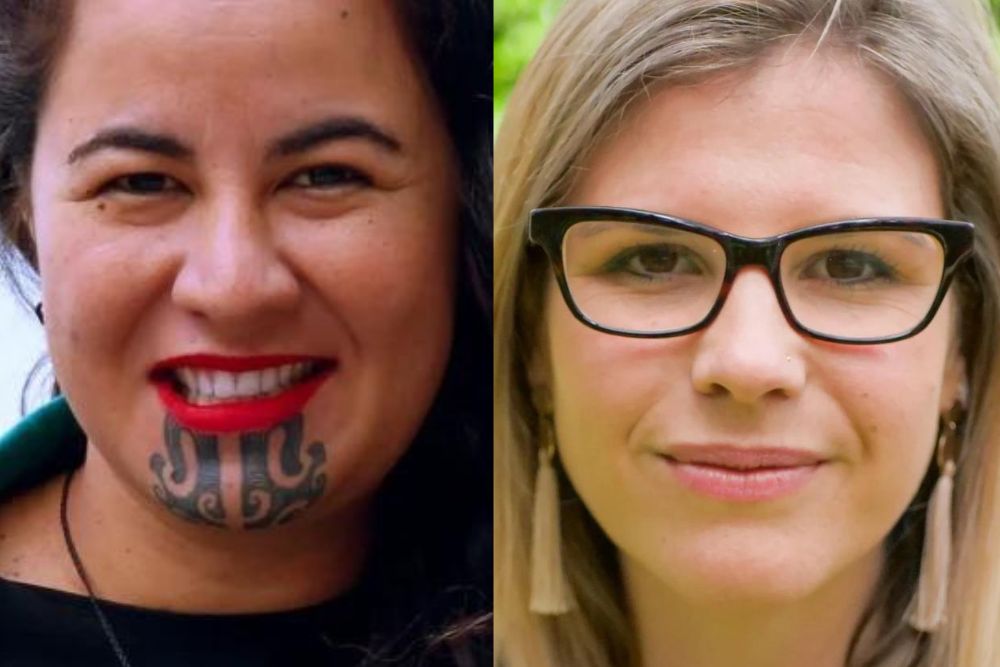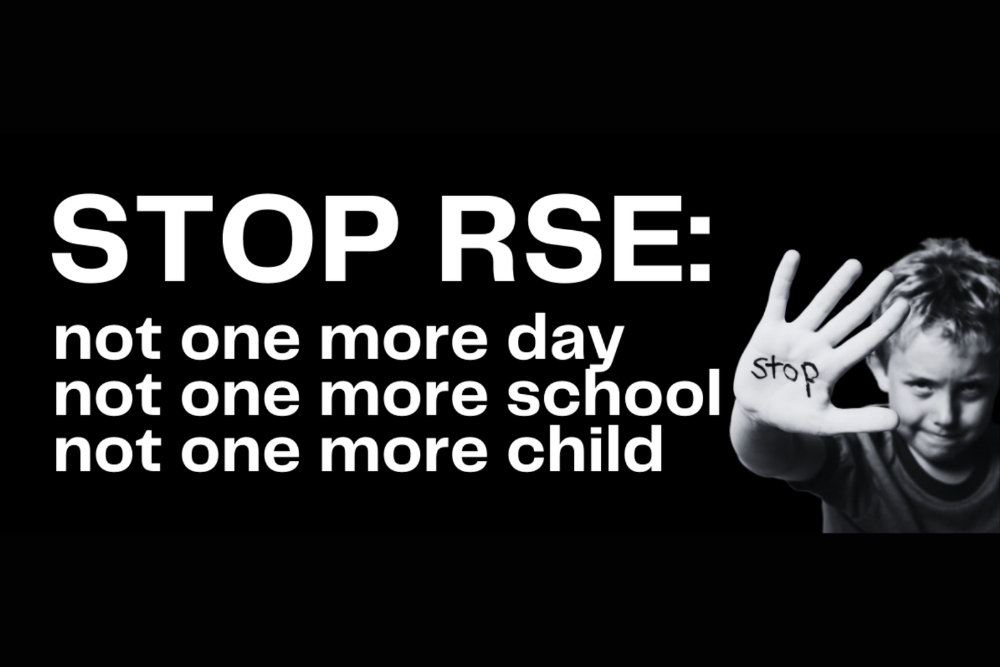The End of Life Choice Act is presented as well-drafted and safe – but in reality it has some major flaws that leave it wide open to abuse.
The law
The End of Life Choice Act 2019 has made it legal for a terminal patient to receive assisted suicide or euthanasia. ‘Assisted dying’ has now become a ‘healthcare option’ for those who fit simple criteria. This means doctors and nurse practitioners can legally terminate patients by following a process as laid out in legislation.
Under the Act, a patient can choose how they want a lethal dose administered.
They can opt for assisted suicide, where the patient injects or ingests the drugs themselves, or euthanasia, where a doctor or nurse helps administer it.
The Act is not about turning off life support, ‘do-not-resuscitate’ requests (not administering CPR) or stopping medical treatment. These choices are already legal and available. Importantly each of these would result in a person dying from natural causes.
But ‘assisted dying’ intentionally shortens a person’s life… in summary; it’s now legal to kill.
Who qualifies and what are the criteria?
The patient requesting the life-ending procedure must be:
-
Over 18 years-old
-
A New Zealand Citizen or Permanent Resident
-
Given a prognosis (or life-expectancy) of 6 months or less to live
-
Deemed mentally competent to make an informed decision – they must understand the outcome of what they are requesting
-
In unbearable suffering that cannot be relieved in a way the person considers tolerable
-
In an advanced state of irreversible decline in physical capability.
The patient must legally make the request themselves to a doctor, not the other way round.
This all sounds straightforward and stringent right? Wrong.
Common misunderstandings or concerns around the criteria include:
-
Under the law, patients aren’t required to attempt any medical intervention or treatment. Euthanasia could be the first resort, not the last.
-
You could fit the eligibility criteria but also be suffering from mental health issues… yet you won’t need to be screened or supported. The concern here is that someone could qualify as “competent to make an informed decision” while also suffering from a mental illness that is impairing their judgement.
-
Doctors themselves say they are notoriously bad at predicting life expectancy. Studies show doctors get predictions around the end of life wrong 25% of the time. That’s a quarter of all prognoses which are incorrect six months out from death.
What the Act says vs what will happen in reality
Below we look at the process as prescribed by law. It sounds straightforward enough. But don’t stop here. It’s not as simple or safe as it might seem. Read further to see just a few of the problems in the law that put vulnerable people at risk.
The process
A patient must make a formal request for ‘assisted dying’ to a doctor. The doctor will assess the patient for eligibility and fill in the application form. This doctor will assess the patient for coercion. They must ‘do their best’ to check if the patient is under pressure to request assisted death.
They will then request a second doctor to check eligibility. This second doctor will be a member of SCENZ (Support and Consultation for End of Life in New Zealand); a group of health practitioners who have put their names forward to being involved in the process.
If either doctor doubts whether the person is competent, a psychiatrist would assess the person’s ability to make an informed choice.
Each health practitioner would send their paperwork to a Registrar. A doctor or nurse would administer the lethal dose (euthanasia) or give the prescription (assisted suicide) and send an ‘assisted death’ report to the Registrar upon death.
The Registrar would send only this final report to the Review Committee. Nobody would be responsible for reviewing all the documentation pertaining to a particular case.
The problems
Not included in this process is a requirement for a patient to tell family members of their choice.
There’s also no ‘cooling-off’ period for those applying – no required time to wait between applying for and administering the drug. ‘Assisted dying’ laws in other countries include this as a safeguard.
Perhaps most worrying; the standard of a doctor ‘doing their best’ to detect pressure on the patient isn’t a legal term. It’s entirely subjective.
Did you know most people assume patients will have their personal GP assist them through the application process? But international evidence shows this is most likely not the case.
In every jurisdiction where similar laws are active, only a very small portion of doctors are willing to participate. This means it is most likely the patient will never have met the doctor assessing them for eligibility, and attempting to ensure they aren’t being subtly coerced.
Think coercion wouldn’t happen? In New Zealand, we have one of the worst elder abuse statistics in the OECD. Sadly it already happens every day.
By: DefendNZ










